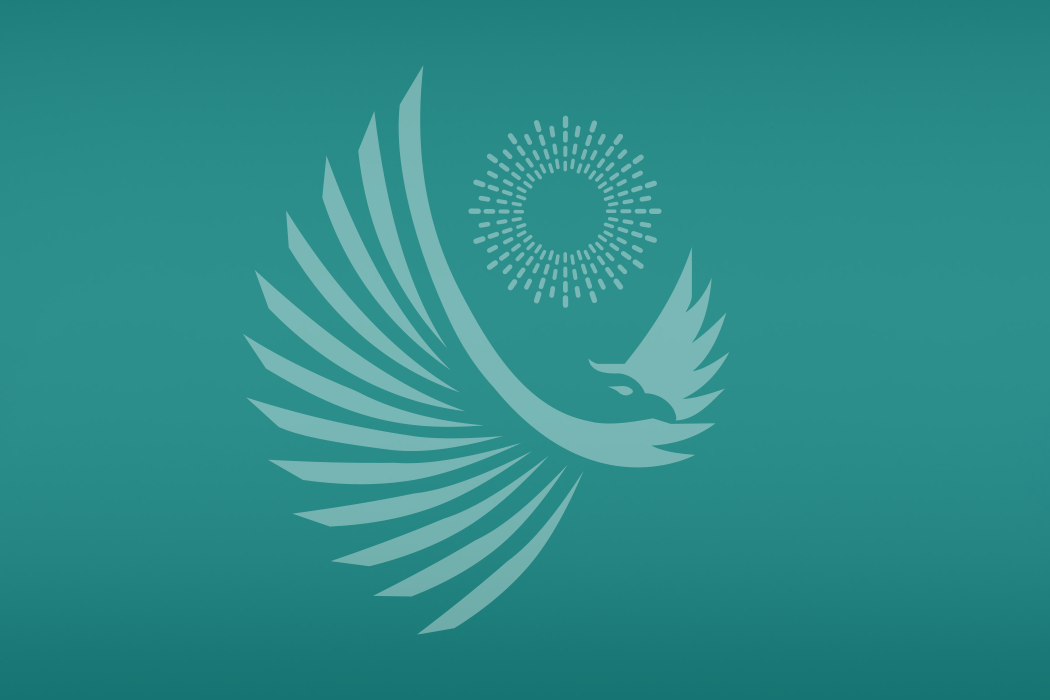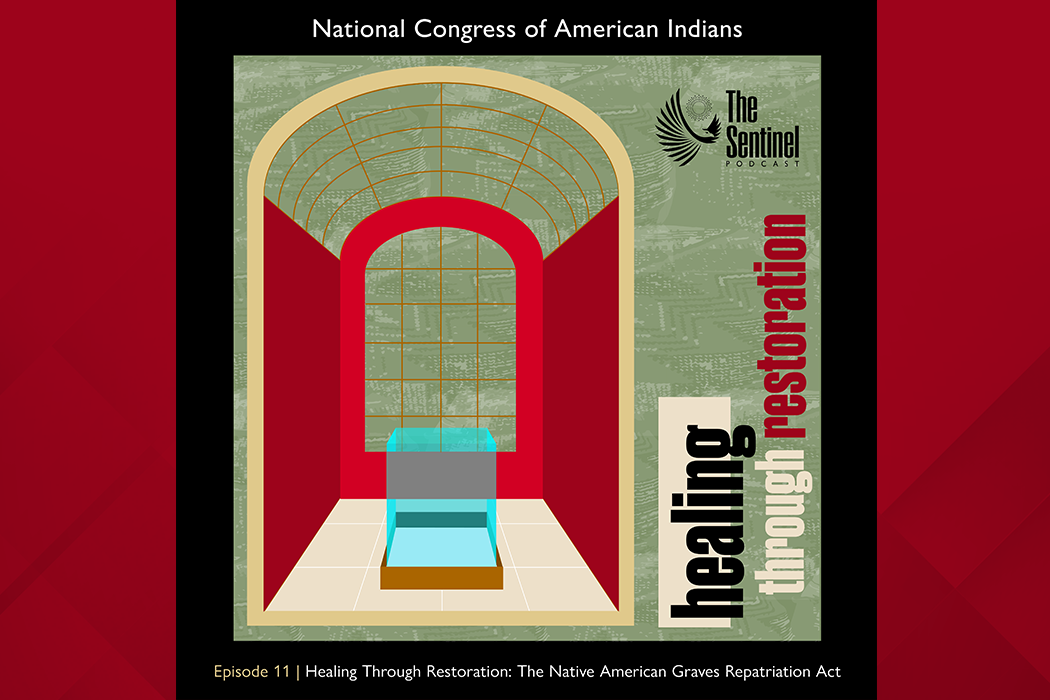
This legislation has gone a long way to support pay equity for women but there is still a persistent and pervasive gap across all demographic sectors of women. For example, recent research has shown that the pay gap has been closing for White women; however, for Native women, it remains at the lowest of any demographic. In fact, according to the Institute for Women’s Policy Research, as of 2021 Native women working full time only earned 59 cents as compared to white men. For all employed Native women, the statistic is even more dismal: 51 cents to every dollar, emphasizing the need for an intersectional approach to pay disparities. These figures vary across Tribal Nations and communities, and are further compounded by the lack of reliable statistical data in tribal communities.
So what does this 59-cent figure mean for Native Women? Each year, Equal Pay Days are marked for various groups. In 2023, Native Women’s Equal Pay Day was marked on November 30. This date signifies the time in the year to which Native women would have to work to catch up to the earnings of their white male counterparts. Simply put, that means it takes almost a full additional year of work for Native women to achieve salary parity. Looking more broadly, the wage gap will typically cost a Native American woman nearly $1 million over a lifetime (roughly 40 years) of work. Moreover, it unfortunately is also one of the slowest stagnating gaps, which has shown little signs of narrowing over the last decade.
While this issue is often framed as a women’s issue, it’s important to recognize that the pay gap affects everyone, not just women. According to the National Partnership for Women and Families, 64% of Native households are headed by women; and Native women are more often than not the primary breadwinners and caregivers for their families. These caregiving responsibilities often limit women’s mobility in search of better, higher-paying jobs. Understanding this larger context makes this a broader family issue that affects not only women but everyone in Native communities. It puts Native families on the front lines and at risk of poverty.
Much research has been done into why the pay disparity is so profound for Native women. The lasting impacts of colonization altered the status of women in traditionally matrilineal societies. Genocide, displacement, and misogyny are also contributing factors. The intersections of discrimination on the basis of race, ethnicity, and gender compound to create this deep pay divide amongst not only women and men, but amongst white women and women of color. Research shows that the average American woman makes 82 cents for every dollar an American man makes. In contrast, Native women only make 51 cents to that dollar, over 30 cents less. In addition, the U.S. has failed in its responsibility to collect accurate data relating to tribal communities, thereby making these pay figures difficult to track over time.
In addition to advocating for effective legislation to combat pay inequity, individual advocates and Native organizations such as NCAI recognize that other policies can contribute to strengthening the economic security of women. Promoting entrepreneurship among women and implementing mandatory paid leave policies are crucial for unlocking better opportunities. Additionally, access to affordable, high-quality child care is also important.
In his statement on the 15th Anniversary of the Lilly Ledbetter Fair Pay Act, President Biden marked the occasion by announcing new rules intended to help increase pay equity in the United States. He stated, “… my Administration will continue to call on Congress to pass the Paycheck Fairness Act, to increase pay transparency and strengthen our tools to fight sex-based pay discrimination.”
Adopting “common sense” policies, the Biden administration then announced that the federal government is now prohibited from using the salary history of federal workers and contractors when determining pay for prospective hires. Office of Management and Budget Director Shalanda Young stated, “Relying on a candidate’s salary history can exacerbate pre-existing inequality in our pay structures and disproportionately impact women and workers of color.” This should be of some benefit to Native women, as they are employed in the federal workforce at twice the rate of their participation in the civilian labor force. Some progress is being realized, but we are still a long way off from true pay equality.
About the Sentinel Blog
Drawing on NCAI’s rich digital and physical archival collections, it is our hope that you will return each month to learn more about the organization’s 80 years of advocacy for Indian Country and, as a result, will also remain informed about what is happening at NCAI today.



